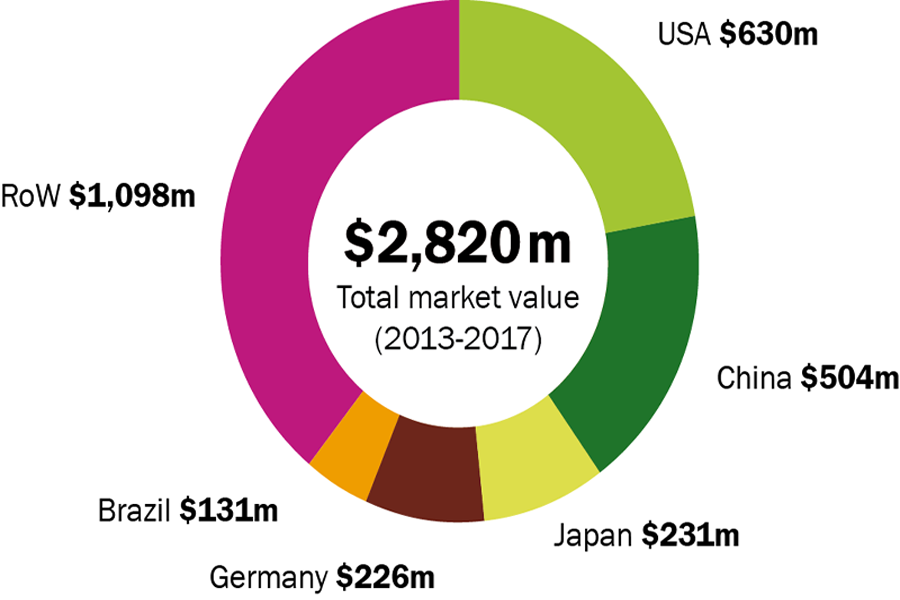
200 million tons the global production
Despite the arrival of the global production of paper to 200 million tonnes a year, however, the industry took the fall for various reasons, most notably the lack of fresh water, which is mainly involved in their manufacturing process, prompting factories paper Arabic to the use of waste paper in the paper industry as well as imported pasta Free at very high while other Arab went factories to import paper and sufficiency operations of cutting and forming the so-called manufacturing industry.
The economic reports that global production of paper is estimated to be nearly two hundred million tons a year, produces the United States and Canada, about 50% of world production of wood pulp and about 40% of world production of paper, and most of the production of both pulp or paper in America for domestic consumption, as well as its import covers this consumption from other countries, they consume only 50% of the world production of paper, followed by Canada and the Scandinavian countries, Britain, France, Germany, Japan and Italy, then come rest of the world, and added that in the future will the increase in paper manufacturing and consumption be more than ever before, and this is due to the increase in population and increase the level of education.
General Counsel of the Association of Chinese paper industry, said that China’s exports amounted to about 40 million tons to the world, of which 14 million tons are exported to the UAE, and restore the state exporting the surplus for their need, and Chinese paper products exports increased by 67% during 2005 and 2006 are expected to increase more by the end of this decade. Where the United States and Europe and the world to the Chinese paper-based to provide 30% of the publishing and paper expenses, as quoted by many international publishing houses their headquarters and activities to China, such as Penguin world.
The tissue paper sector Society of China The Middle East is one of the fastest growing markets in the consumption of tissue paper products. The Assembly expressed its confidence in the strength of this regional sector, and the possibility of updated continuously through continued adoption of technologies and practices and experiences followed in the world, pointing out that the Middle East consumes manufacturing paper materials to meet the needs in the field of packaging, to its lack of natural resources, especially trees that turn into paper.
And it unveiled new solutions that reduce the operational cost of electrical energy that most paper and tissue paper manufacturing factories suffer from consumption, shrinking about 20% of operating costs. She said the size of the Middle East market stock production amounted to about 8 million tons, of which 6 million to import, and two million tons of domestic production, adding that the country exports about 4 million tons to countries in the region, while consuming about two million tonnes in the domestic market.
And that the number of leaves factories of all kinds in the Middle East amounted to about 50 factories, including 11 factories in the UAE and 6 factories for the manufacture of tissue paper, and two factories for the manufacture of newspapers, magazines and papers.
Saleh pointed out that the paper producers in the Arab world accuse importers enter paper products at lower prices than selling prices to the domestic market, while importers confirms that global prices have fallen, which made it necessary for them to reduce prices of locally traded. Experts in the paper sector and stressed that the Middle East is the fastest growing in the world, in light of the growing domestic production, especially since the sector consumes about 8 million tons a year, where they are imported 5 million tons and production of 3 million domestically, suggesting the potential for future growth. At the same time, domestic production is still in the paper napkins sector small, compared to rates of high demand where the imported paper and tissue industry in the Middle East, 62% of its needs from abroad. So the situation needs to be studies for the development of the paper products industry in Egypt and Arab countries and activating beneficial projects in this field
